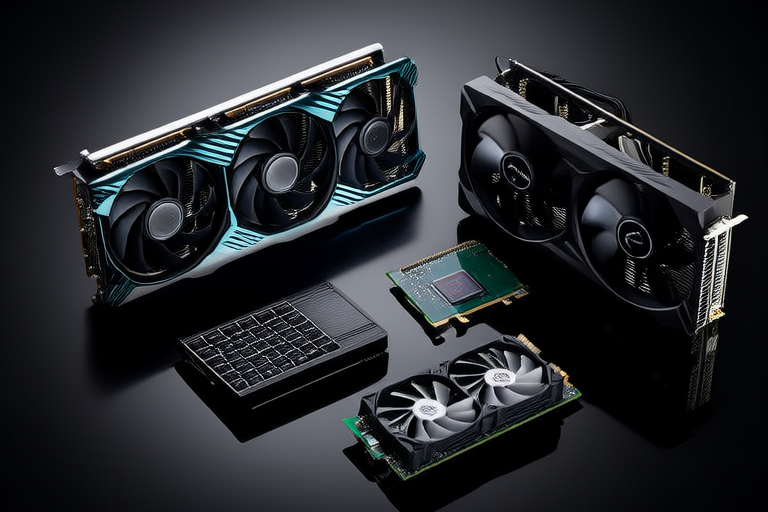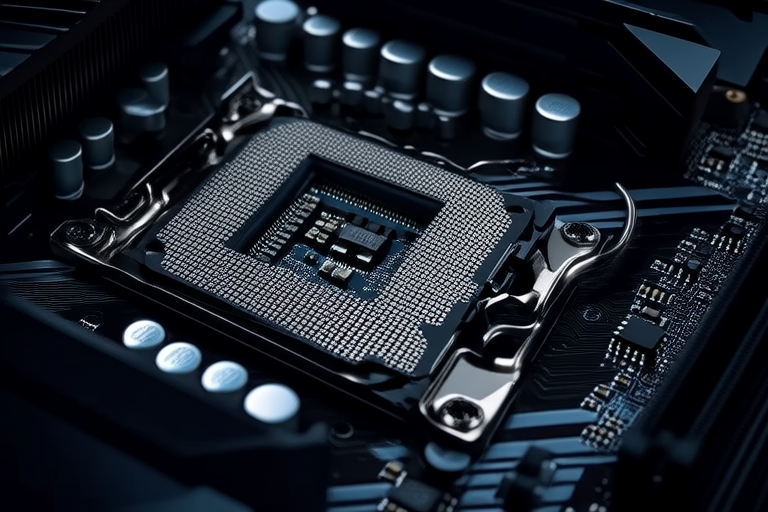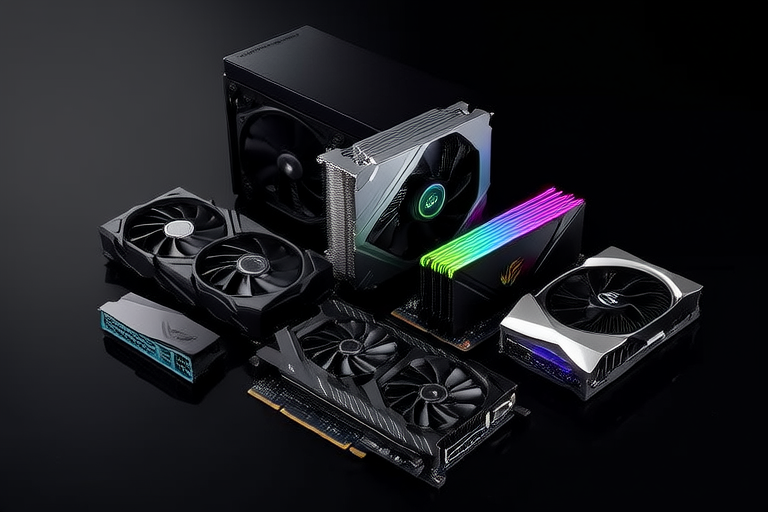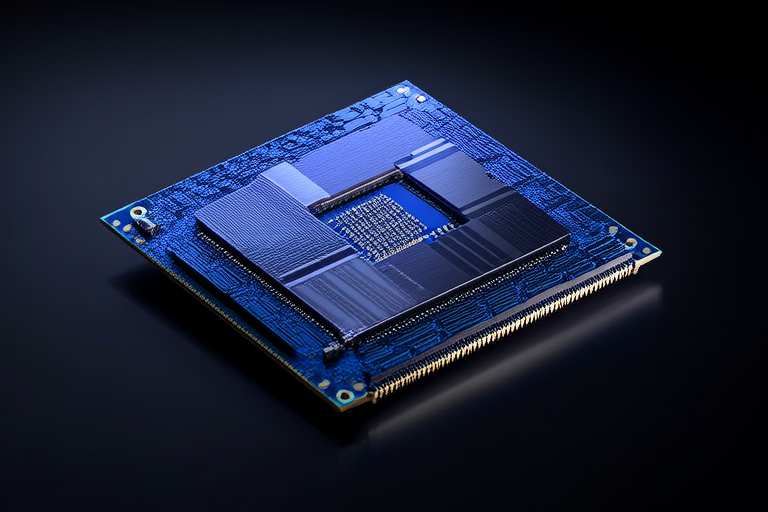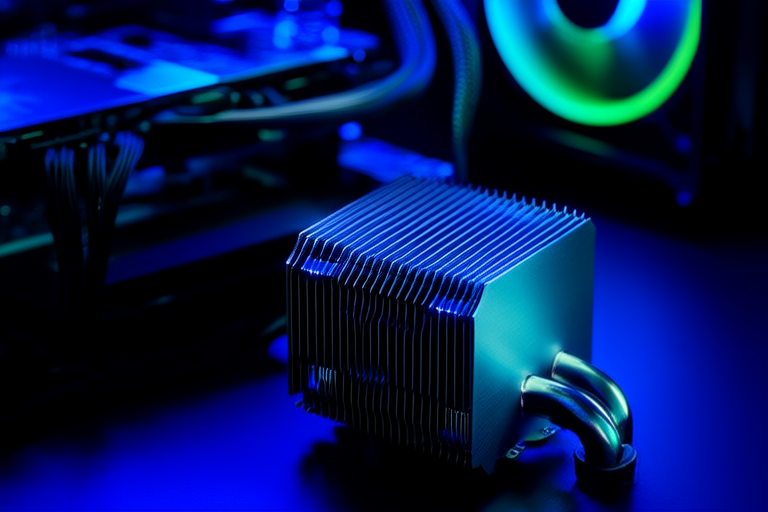Top 5 Must-Have Components for Peak PC Performance
Introduction
Building a high-performance personal computer (PC) is an exciting endeavor that can significantly enhance your computing experience. Whether you’re a gamer, a content creator, or simply someone who values efficiency and speed, having the right components is crucial. This article aims to provide a comprehensive guide on the top five components essential for achieving peak performance.
1. Processor (CPU)
The Central Processing Unit (CPU) is often referred to as the “brain” of the computer. It performs most of the processing inside a computer, executing instructions from software programs. The CPU is responsible for carrying out operations such as arithmetic, logical, control, and input/output (I/O).
When selecting a CPU, several key factors should be considered:
- Clock Speed: Measured in gigahertz (GHz), this indicates how many cycles per second the CPU can execute. Higher clock speeds generally mean faster performance.
- Core Count: More cores allow the CPU to handle multiple tasks simultaneously, which is especially beneficial for multi-threaded applications.
- Architecture: Modern CPUs are built on advanced architectures that optimize performance and power efficiency.
For gaming, the Intel Core i9-13900K and AMD Ryzen 9 7950X are excellent choices. For content creators, the Intel Xeon W-2195 or AMD Threadripper PRO 3975WX offer robust multi-core performance. General productivity users might opt for the Intel Core i5-13600K or AMD Ryzen 5 7600X.
2. Graphics Processing Unit (GPU)
The Graphics Processing Unit (GPU) is responsible for handling graphics and video processing. It offloads tasks from the CPU, allowing it to focus on other processes. GPUs are particularly vital for gaming, video editing, and 3D rendering.
There are two main types of GPUs:
- Integrated GPUs: These are built into the CPU and are sufficient for basic tasks like web browsing and office work.
- Dedicated GPUs: These are separate cards that provide superior performance for demanding applications.
For gaming, NVIDIA’s GeForce RTX 4090 and AMD’s Radeon RX 7900 XTX are top picks. For professional rendering, the NVIDIA Quadro series or AMD Radeon Pro WX series are recommended. Other demanding tasks may benefit from the NVIDIA Titan RTX or AMD Radeon VII.
3. Random Access Memory (RAM)
Random Access Memory (RAM) is crucial for storing temporary data and improving multitasking capabilities. The more RAM you have, the smoother your system will run, especially when handling multiple applications simultaneously.
Here’s how much RAM is typically needed for various applications:
- Heavy Multitasking: At least 16GB is recommended, though 32GB or more is ideal for extensive multitasking.
- Gaming: 16GB is usually sufficient, but 32GB can provide additional headroom for future-proofing.
- Software Development: 32GB or more is advisable to handle complex projects and debugging tools.
Optimal RAM configurations depend on your use case. For example, dual-channel setups can improve performance by allowing data to be transferred at twice the rate compared to single-channel configurations.
4. Solid State Drive (SSD)
Solid State Drives (SSDs) have revolutionized storage technology by offering significant improvements in speed and reliability over traditional hard drives. SSDs use NAND-based flash memory to store data, which allows for faster read/write speeds and lower latency.
SSDs come in various types:
- PCIe NVMe SSDs: These offer the fastest transfer rates and are ideal for high-performance systems.
- SATA SSDs: While slower than PCIe NVMe SSDs, they are still much faster than traditional HDDs and are more affordable.
- M.2 SSDs: Compact and fast, these are perfect for smaller form factor PCs.
For balancing performance and cost-effectiveness, the Samsung 970 EVO Plus and Western Digital Blue SN550 are excellent options. They provide reliable performance at competitive prices.
5. Power Supply Unit (PSU)
The Power Supply Unit (PSU) plays a critical role in delivering stable power to all components within the PC. A reliable PSU ensures that your system runs smoothly without voltage fluctuations or power surges.
Important considerations when choosing a PSU include:
- Wattage: Ensure the PSU has enough wattage to power all your components. A general rule is to choose a PSU with a capacity that is 50% higher than the total power consumption of your system.
- Efficiency Ratings: Look for PSUs with high efficiency ratings, such as 80 Plus Gold or Platinum, which indicate better energy efficiency.
- Certifications: Certifications like 80 Plus, EPEAT, and Energy Star ensure the PSU meets environmental and safety standards.
Popular brands like Corsair, EVGA, and Seasonic offer reliable PSUs that meet these criteria. Always verify compatibility with your specific hardware configuration.
Conclusion
Each of the five components discussed—CPU, GPU, RAM, SSD, and PSU—is essential for achieving peak PC performance. Investing in quality components ensures long-term reliability and performance. While this article focuses on these key parts, it’s worth noting that proper cooling solutions and case design also play crucial roles in maintaining optimal performance.
By carefully selecting and optimizing each component, you can build a PC that meets your needs and provides exceptional performance for years to come.
